Opportunities for All
Industry increases diversity outreach
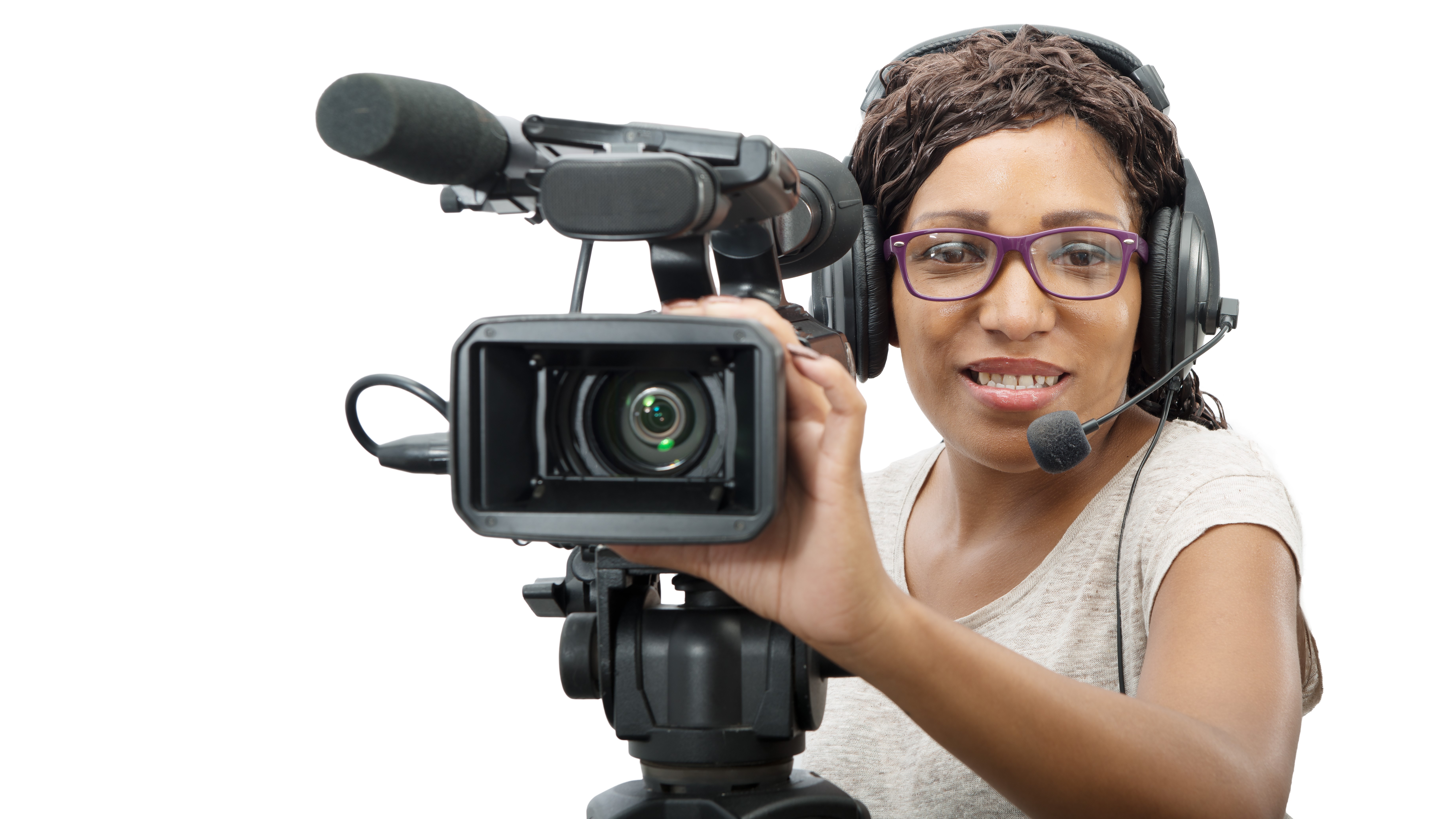
ONTARIO—As the U.S. population becomes more diverse and amid calls for increased awareness of fostering more high-tech career opportunities for minorities, many broadcasters and industry organizations are addressing this in their hiring and advancement (promotion) practices. However, much more remains to be done.
INDUSTRY-WIDE APPROACH
Mindful of the importance of employment diversity as an industry issue, in January, the National Association of Broadcasters formed a Diversity, Equity & Inclusion (DEI) Advisory Committee, comprised of prominent industry executives.
The DEI Advisory Committee’s mission is to assess radio/TV broadcasting’s current diversity and inclusion efforts, and to advise NAB and NAB Leadership Foundation boards on strategies, initiatives and partnerships to make these efforts more effective. The committee will also help NAB staff make recommendations to the FCC and Congress on diversity-related issues, and identify a diverse group of industry experts to speak at NAB conferences and events on a wide range of topics.
“Our diversity, equity and inclusion efforts are designed to assist broadcasters with ensuring their coverage, their business interactions and their team are reflective of the communities they serve,” said Michelle Duke, NAB’s chief diversity officer. “Over the past couple of decades, we have created initiatives including career fairs, programs and resources to advance this mission. NAB understands the importance of having a diverse, inclusive industry and understands the significance of taking an active role in assisting our members to reach their DEI goals.”
Last year, NAB launched the Diversity, Equity and Inclusion Resource Center, a website that connects organizations with associations and consultants with expert knowledge of DEI issues.
WHAT’S IN A NAME
The Society of Motion Picture and Television Engineers has joined with its frequent partner, the Hollywood Professional Association (HPA) to address diversity. Announced during the SMPTE2020 virtual event in November 2020, the two groups are harmonizing their goals and policies to increase membership through inclusion and corporate representation.
The two organizations have created DEI-focused task forces and working groups in their respective associations and SMPTE has already taken steps to investigate the taxonomy used in its standards to remove terms and phrases that could be perceived as biased and/or offensive. That process is ongoing and will continue.
Get the TV Tech Newsletter
The professional video industry's #1 source for news, trends and product and tech information. Sign up below.
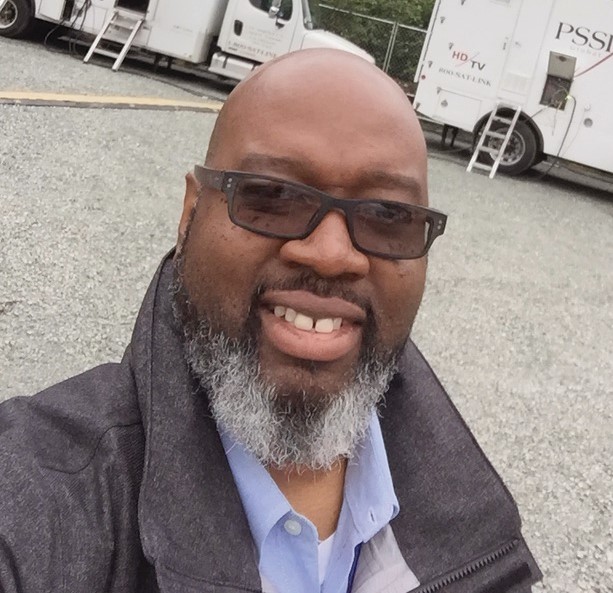
They’re also working to increase inclusivity in membership, corporate representation, film and TV production, post production, VFX technology and more, according to Renard T. Jenkins, vice president of membership for SMPTE and HPA board member. Jenkins is also vice president, content transmission and production technology at WarnerMedia.
“We want to build relationships with colleges, universities, art institutes and DEI organizations to create a pipeline of qualified candidates from diverse backgrounds,” he said. “We want to be lighthouses and leaders in the creation of safe, diverse and inclusive places for all to succeed throughout the global media and entertainment industry.”
RISE UP
At the 2018 IBC Show, a group of industry veterans announced the launch of “Rise,” an initiative designed to promote gender diversity in the broadcast technology sector.
“Our advisory boards are made of women and men who are passionate about creating change for the women in the sector as well as making broadcasting an attractive and inclusive sector for women wanting to join,” said Sadie Groom, Rise founder and managing director for PR and marketing firm Bubble Agency. Based in the U.K., Rise expanded to Asia in 2019 and North America in 2020.
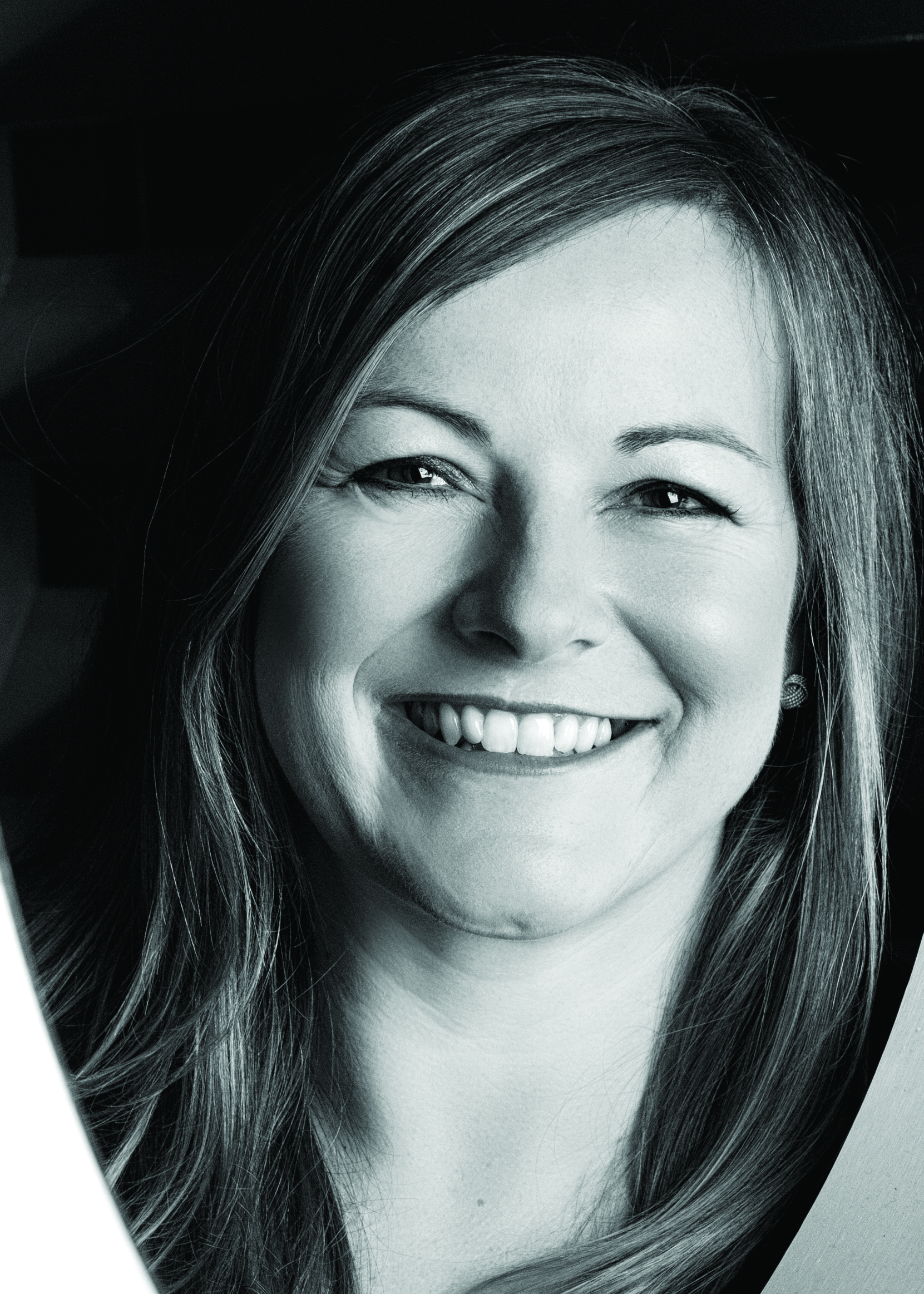
This is no small challenge. Back in 2018, the number of broadcast technology CEOs who were female was 1.18%, “which is shockingly low and below average for other technology-led sectors,” said Groom. “We have seen this number increase slightly since then, but it is still around the 2% mark.”
To advance gender diversity in broadcast technology, Rise is offering mentoring programs for women (70 mentees to date), educational events, global awards and the U.K. education program Rise Up. “This program is supported by the U.K.’s main broadcasters and is focused on bringing the world of broadcast to children ages 9–11 through them building their own TV studio and making a game show,” Groom said. “Our biggest plans now are to launch fully into North America and get the mentoring program there underway and then see where else in the world we can go next.”
PRIVATE SECTOR TAKES THE LEAD
NAB’s and SMPTE’s leadership in promoting diversity will supplement the efforts of private broadcasters who are already doing the same, Duke said. “Some organizations that have been pursuing this for years include Scripps, Hearst, Tegna and Meredith to name a few.”
Scripps in particular, has been committed to promoting diversity for well over a decade, boosting those efforts with the hiring of Danyelle S.T. Wright as Scripps’ chief diversity officer and vice president of employment and labor law in 2018.
PLUS: Broadcasters' Efforts to Increase DEI Are Steps Toward Future Success
Wright came to the senior leadership team with three things she thought were critical to having a valid and viable diversity inclusion strategy.
“We’re going to need a budget. We’re going to need human capital, and most importantly, we’re going to need commitment from on high. I was heartened by the fact that I received a resounding yes, yes and yes on all three points,” she said.
Today, Scripps is pursuing a wide range of managerial, educational and recruitment policies to achieve its “Four Pillars of Diversity,” which include racial/ethnic diversity, 50/50 gender representation with equal pay and equal time to promotion for all, inclusion of the LGBTQ community, and being a destination employer for military reservists and transitioning veterans.
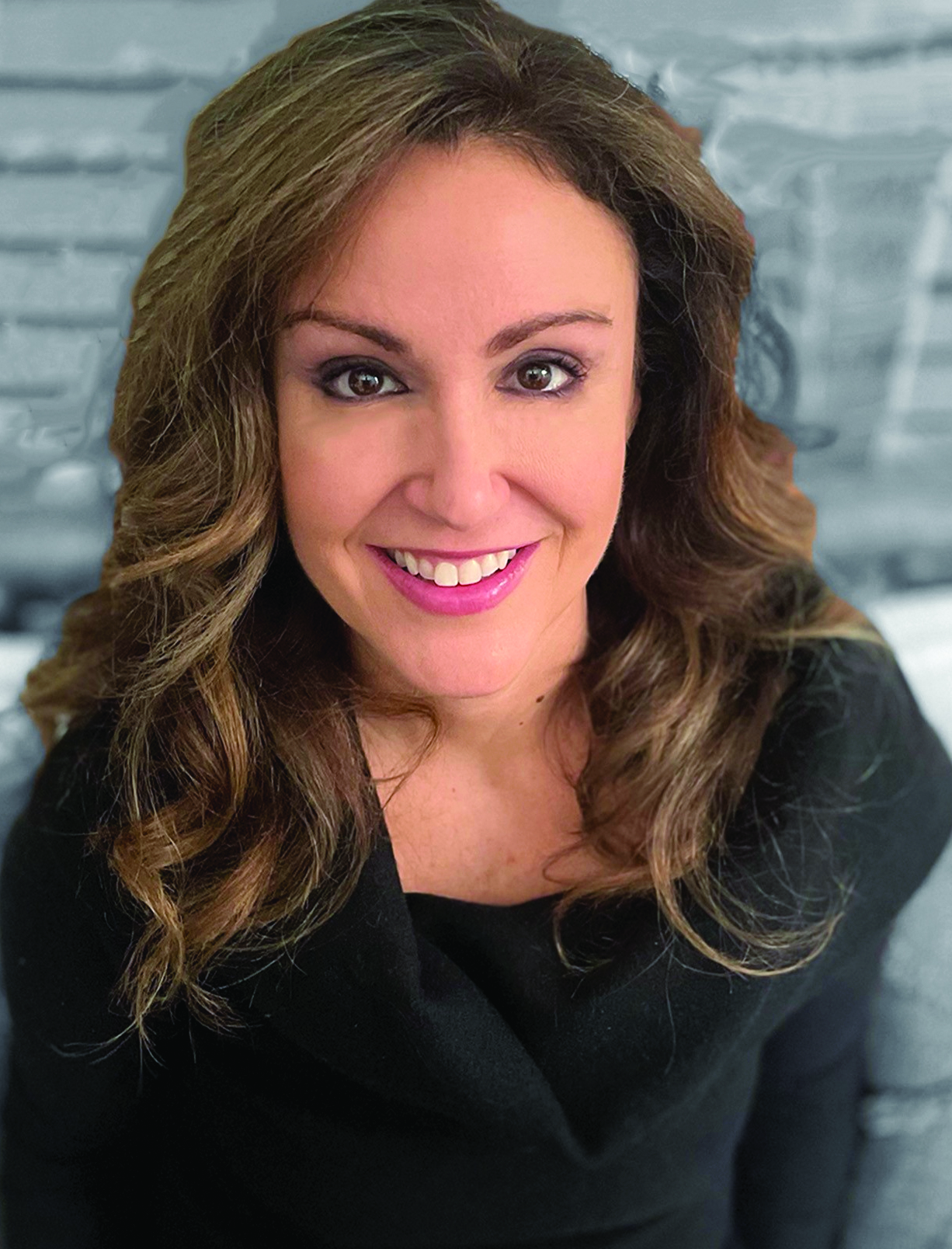
The sincerity of Scripps’ diversity efforts can be seen in its local operations, according to Candace Anderson, Scripps’ senior business partner for Local Media. “We’re looking at our workforces at each of our stations and comparing them to the demographics of the markets they serve,” she said.
This applies to the talent on air and everyone else behind the scenes.
“We’ve been successful in diversifying the assistant news director ranks in recent years,” said Sean McLaughlin, vice president of news, Local Media for Scripps. “Because of this, we developed a training program a few years ago for these assistant news directors with the goal of moving them up into news director roles. We brought 10 of them to Cincinnati and gave them exposure to all of the aspects that go with that job. Since then, six of those 10 have moved up to news director roles within our company.”
In addition to the group efforts, individuals within the broadcast industry are doing their part to promote meaningful diversity.
Kenny Elcock is a 20-year veteran, serving as assistant and then chief engineer at local TV stations. In 2019, he became director of operations and engineering at the Black News Channel, which launched in 2020.
Appreciative of the career opportunities he’s received over the years, Elcock is now trying to do the same for women and people of color. That said, many of the traditionally black colleges and universities that could provide broadcast engineers lack access to modern equipment to properly train them.
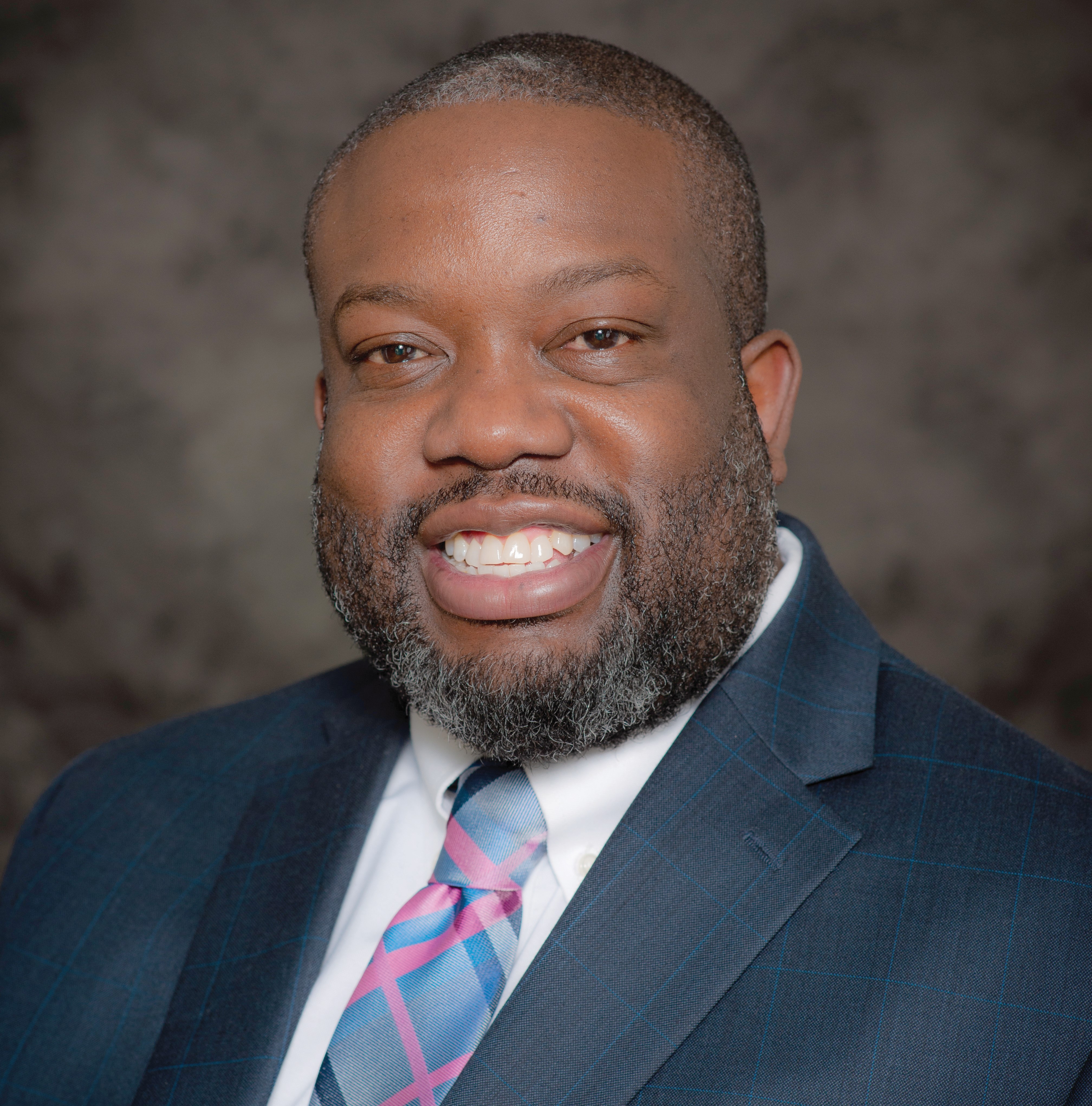
“So I have partnered with Ross Video, Sony and some other broadcast equipment vendors to provide access to current TV production equipment,” said Elcock. “If the kids out there get to know and touch what’s really out there in our industry, they’re more likely to develop their skill sets and educational careers towards this industry.”
Another example is Kate Templemeyer, also a 20-year industry veteran who currently serves as director of media services at NET (Nebraska Educational Telecommunications), a PBS/NPR station in Lincoln, Neb.
She is a strong advocate for bringing more women into broadcast engineering, which remains difficult due to the low awareness of this option among current female students in high school and college. Tempelmeyer’s suggestion: “We need to find a way to combine broadcast engineering with IT engineering, in order to catch their attention and motivate young women to explore the industry.”
REAL PROGRESS
While it is true that real progress is being made on enhancing diversity in broadcasting, “similar to many industries, we still have much work to do,” said Duke, who cited data compiled by the Radio and Television Digital News Association on newsroom employees and general managers to make her point.
“According to the 2020 data, the number of people of color in our business increased for the third year in a row,” Duke noted. “That said, the percentage increase was 0.7 percent points. Currently, people of color reflect 39.3 percent of the U.S. population as compared to 26.6 percent of people of color in television newsrooms. Some progress, but obviously, there is still a journey ahead.”
Jenkins adds that to achieve its goals, the industry needs to commit to change.
“This is a complex and multifaceted problem that will not be solved by wishing it away,” he said. “We all must be committed to this change, and we must work toward it as an industry.”
James Careless is an award-winning journalist who has written for TV Technology since the 1990s. He has covered HDTV from the days of the six competing HDTV formats that led to the 1993 Grand Alliance, and onwards through ATSC 3.0 and OTT. He also writes for Radio World, along with other publications in aerospace, defense, public safety, streaming media, plus the amusement park industry for something different.

